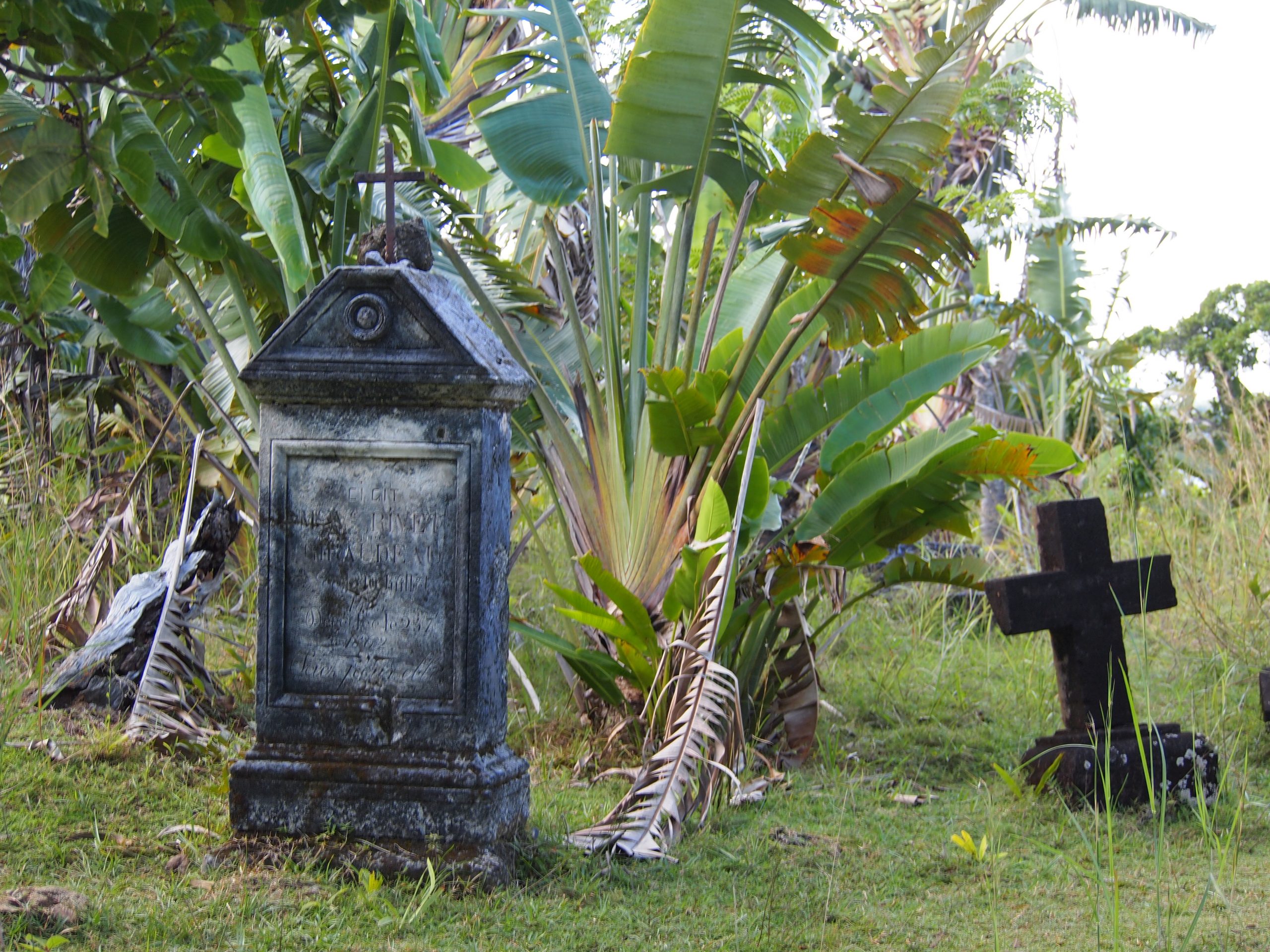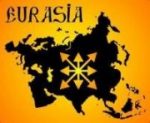There’s a certain romance to pirates. There has to be, otherwise there wouldn’t be all those Disney movies about them. Even setting aside the obvious truth that real pirates were often anything but romantic, something about them just captures our attention. But what do you picture? Criminals of unparalleled infamy with names like Blackbeard and Captain Kidd, sailing the high seas seemingly for eternity to bury treasure and raid other ships. But… There’s an issue here, right? You can’t live on the seas forever! You have to be able to go somewhere safe! Maybe we picture dark and dingy coves, but that’s not the only option available. There was also pirate island.
Île Sainte-Marie
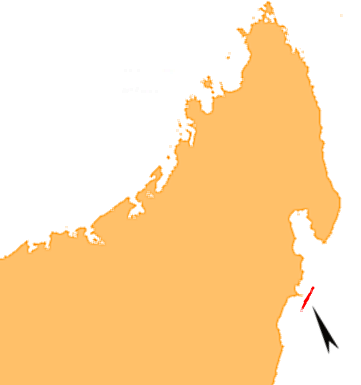
There’s an island just off the coast of Madagascar with the name Île Sainte-Marie. That’s a complicated name with a scary accent mark, so let’s just call it pirate island, since that’s what it is. (Though maybe don’t say that to the people living there nowadays, who aren’t pirates. Probably.) If you’d like to be polite about it, you can also just call it St. Mary’s Island or Nosy Boraha, a Malagasy name which is probably more appreciated. It’s about 222 square kilometers, but only around 60km long and 10km wide.
The pirate island was ‘discovered’ (by the white folk, not the people who already lived there) in 1503 by Portuguese navigators. Given it was a tiny island with many natives and not that far from the mainland, it was largely left alone until the pirate Adam Baldridge made his way there after fleeing from Jamaica, having been charged with murder. He set up a base for himself with his crew and brutalized the natives into accepting this and paying tribute when needed. Given a lot of other pirates were in the area at the time, he set up a lucrative business supplying other pirates at a high price markup.
When he started selling some of the natives into slavery, they didn’t exactly take it well. Baldridge barely escaped with his life while many of his crew were massacred. Probably with fair reason. The next few years were pretty rocky while other pirates had mixed success in establishing themselves on the pirate island. It’s not like the natives had short memories, they were pretty hostile, but due to a lack of modern resources, more powerful pirate crews were at least able to hold control of small parts of territory for a while.
So… Yeah. This isn’t exactly sounding like the pirate utopia you might have been hoping for. But then we are talking about a pretty large island in fairness. Pirates may be fairly cool, but you’d be talking a full pirate fleet needed to take over that whole island. So in the end, they just didn’t bother. But what they did find was a much simpler alternative!
The Real Pirate Island
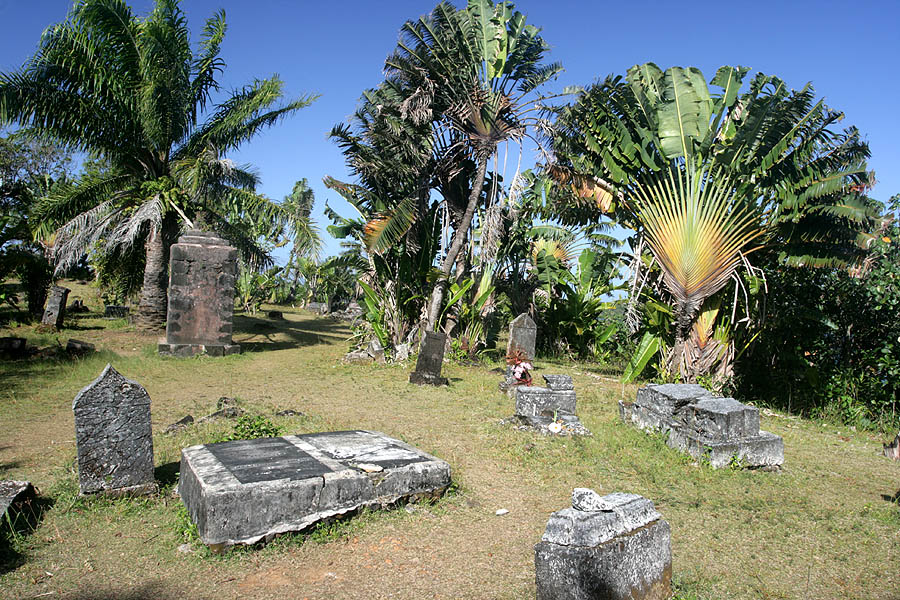
So with the first pirate island a bust, it was decided that scaling down might be a better idea. Thankfully, the first pirate island had a second, much smaller and uninhabited one just off the coast. Cool! This was ‘le aux Forbans’, the true home of pirates. A mere 2.5km in diameter, it was located in the bay of the largest settlement on the main island, Ambodifotatra. This settlement was to serve as a base of operations while the smaller island let the pirates sleep easy without fearing a native islander’s knife against their throat in the dead of night.
A great many pirates made the little island their temporary home, notably Captain Kidd, Olivier Levasseur, Henry Avery and Thomas Tew, just to name a few. Over a period of around forty or fifty years, a total of around 1,000 pirates lived there, with no doubt many, many more just temporarily passing through. Its calm waters, remoteness from hunting navies and idyllic conditions made it practically inevitable. Allegedly, many of these pirates are even buried there, in one of the only known cases of a (possibly) authentic pirate cemetery. According to local legend, even Captain Kidd himself is buried there.
Over time, relations between the pirates and native islanders improved, allowing the security and expansion of the main town. Many of the pirates began to live there instead and even began marrying some of the native island women. To this day, there’s many locals who claim to be descendants of pirates, certainly not without good reason. These improved relations would have large ripple effects across the island’s history and that of Madagascar in general… But we’ll get to that later.
All good things (as good as piracy is anyway) must come to an end and indeed, so did the era of the pirate island. It’s hard to determine exactly when it closed down entirely. Some time around the 1720s/30s most likely, as the most prominent pirate leaders left for greener pastures or were captured and killed by anti-pirate operations by the French. But is this the complete end of the story? Not at all. The story of the pirate island can’t only be told in history. It must also be told in legend.
The Legend of Libertatia
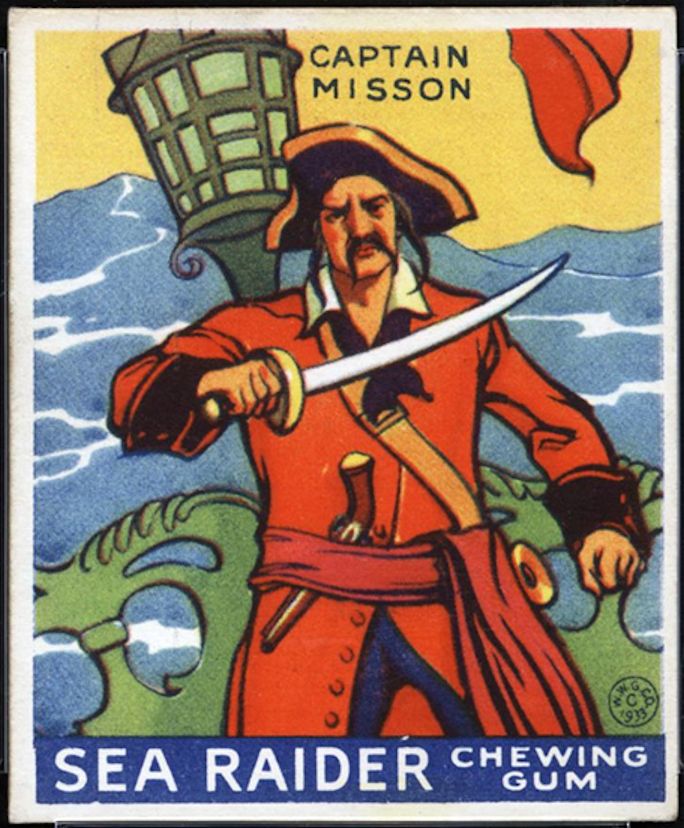
Like the greatest of legends, the tale of Libertatia has never been decisively proven or disproven. …Okay pretty much all historians call bullshit on most of it, but that’s not all of it! Libertatia was a colony established, allegedly, by the pirate Captain James Misson. This was no ordinary pirate, but a folk-hero revolutionary. So the story goes, it was on a visit to Rome that he lost his faith (certainly radical enough for the time) and while serving as a mere crewmember on the French warship Victoire, he developed a revolutionary sensibility and rose up with 200 sailors to overthrow the captain.
This is where things get juicy. Misson decided not to rule like the captain before him. The wealth of the ship was evenly distributed among all and decisionmaking was taken out of his own hands and entrusted to an equal vote. For the time (the turn of the 18th century), this was truly revolutionary and groundbreaking. But if that weren’t enough, their first major act was to seize control of a Dutch slave ship and… Liberate the slaves! Presuming that this story is true (which parts may well be), this would have been one of the only instances at this time in history where white Europeans and Africans worked together with equal rights, equal votes and a shared goal.
But of course, the very valid question to ask is how do you know this has anything to do with the pirate island we’ve been on about? Well, one major fact is that Misson led the ship towards Madagascar at the timeframe the pirate island was active. And even more interesting, he’s then said to have met Thomas Tew, a man who is factually known to have been on the pirate island, then worked with him for a time liberating slaves and bringing them to Libertatia. While this is hardly solid evidence, if the story were true, it wouldn’t make much sense for Tew to be friendly with Misson but then choose to live just a short distance away.
Ultimately, it’s said that Libertatia was overthrown by an assault by natives and the captain capsized in a storm and drowned, though the legacy of either his life or legend had ripple effects throughout the world of piracy. As it was a contemporary story, many pirates had heard of Libertatia and dreamed of such a life for themselves. Many pirate ships had multi-cultural crews and certain elements of democracy, so one might suggest that Libertatia was just the natural extension of the ‘pirate dream’. Whatever the case, all hard evidence seems to be lost to time, or never existed in the first place… But we’re still not done.
The Betsimisaraka Confederation
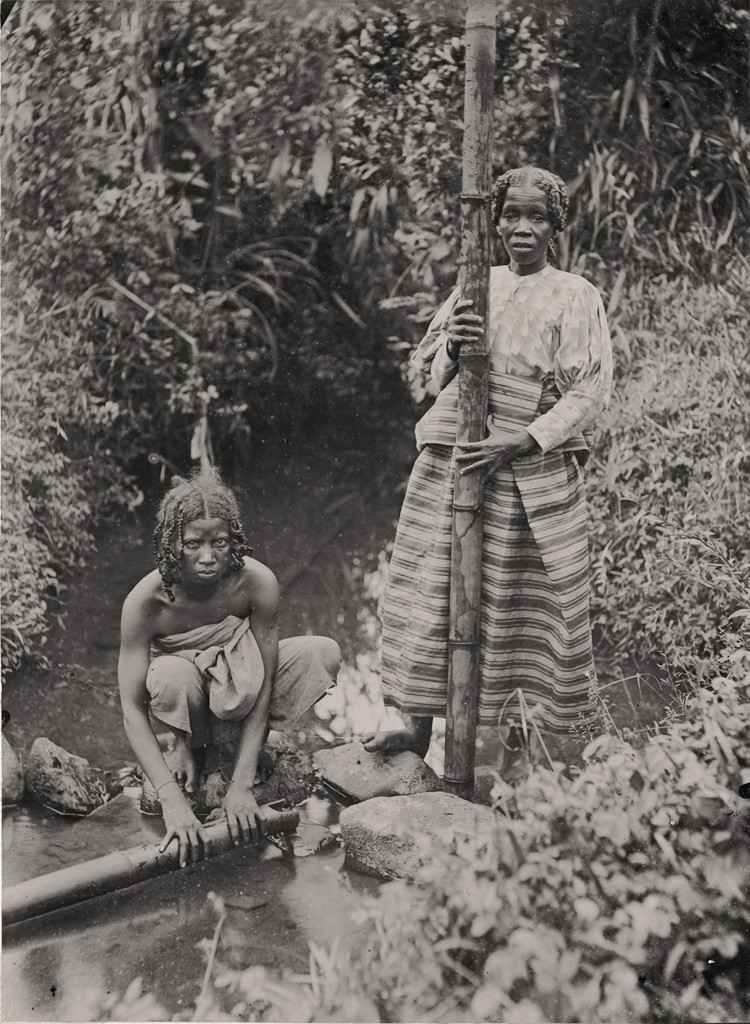
Wha? That’s… A different name for the pirate island, that’s for sure. How do you even pronounce that? It’s sure not any of the European style names it had. Well, this isn’t just the island, this is what it became a part of. You see, the natives weren’t just sitting around waiting to be enslaved or partnered with or whatever the Europeans wanted to do with them, they had their own political struggles and influences that had massive effects on this one tiny island. The confederation was one result of that, which we’ll get to explaining now.
Alright, so that word. Betsimisaraka. This word can translate as ‘the many inseparables’ and refers to the ethnic group that inhabited this region of Madagascar. Not just the island, but a strip of the mainland coast as well! When the pirates first landed on pirate island, the territory was loosely unified. There were major nation-wide figures like the monarchy, but most villages were essentially autonomous from one-another. Due to an abundance of resources and (at the time) little threat from slavers, this wasn’t really a problem and most villages were peaceful. This soon changed quite dramatically.
Before all that, we have to address the Malagasy Queen Antavaratra Rahena. She is said to have fallen in love with a pirate called Thomas (possibly Thomas Tew, yet again) who married her and had a child with her on the pirate island in 1694, early into its foundation. This child, Ratsimilaho, was then brought to England where he was educated for some years before returning. It’s said that at this time, tribes in the south of Madagascar began a land-grab, apparently out of anger or jealousy that the northern tribes benefited from pirate trading. (Perhaps these are the natives that destroyed Libertatia?)
With his status as royalty, Ratsimilaho called a meeting of tribes in his territory and asked them to bestow upon him the right to command them. Like I said, the villages were autonomous and it took the orders of a leader to organize them as an army. They agreed and under his leadership, the southern tribes were driven back and a formal state was created to keep them out. The Betsimisaraka Confederation. This land consisted of about 640km of the coast around the pirate island, including the island itself. This formally occurred around 1710, towards the latter days of the pirate island’s relevancy.
Then What Happened?
Pirate island was largely history at this stage. Not that every pirate left, but a great many simply absorbed into the population. When the first generation of European pirates died off, nobody replaced them and what were left over were the ‘zana-malata’, a term used to described mixed European and Malagasy ancestry. Many pirate wrecks remain strewn around the coast and legends are abound of buried treasure, but in all practical terms, from this point on, pirate island was no more.
History of course didn’t stop there. The confederation lasted essentially until Ratsimilaho’s death in 1750, at which point the territory was divided between his two children. His son, who took the portion in mainland Madagascar and went on to start a few wars, while his daughter, Bety, took over the pirate island and immediately ceded it to the French East India Company on the 30th of July in that year. At that time, France was gaining a stronger foothold in the region and Bety was already married to a Frenchman. Supposedly, her father had supported this action, but it seems the locals didn’t approve, as a massacre of Frenchmen took place in September of 1751.
She traveled to France and plead her innocence, which was surprisingly accepted, then spent her remaining years between France, the mainland part of Madagascar and French controlled Mauritius. She nominally remained a ruler to her death, but all control had been completely taken over by the French. Not only had the pirate island ceased to exist, but the native independent island too. As it would remain for many years.
Conclusion
Pirate island is a fascinating place indeed. The history is interesting and the legend is even more interesting. For a tiny sliver of land on the coast of a comparatively tiny chunk of land next to a vast continent, it can be argued that its ripple effects in the world of piracy have enormous historical merit. Not to mention the sheer number of famous figures who spent their time there, even if only for a little while. Nowadays, it’s a popular tourist hotspot. If you want to see the pirate graveyard, you can! Maybe you’ll find the lost evidence of Libertatia… Or most likely not.

